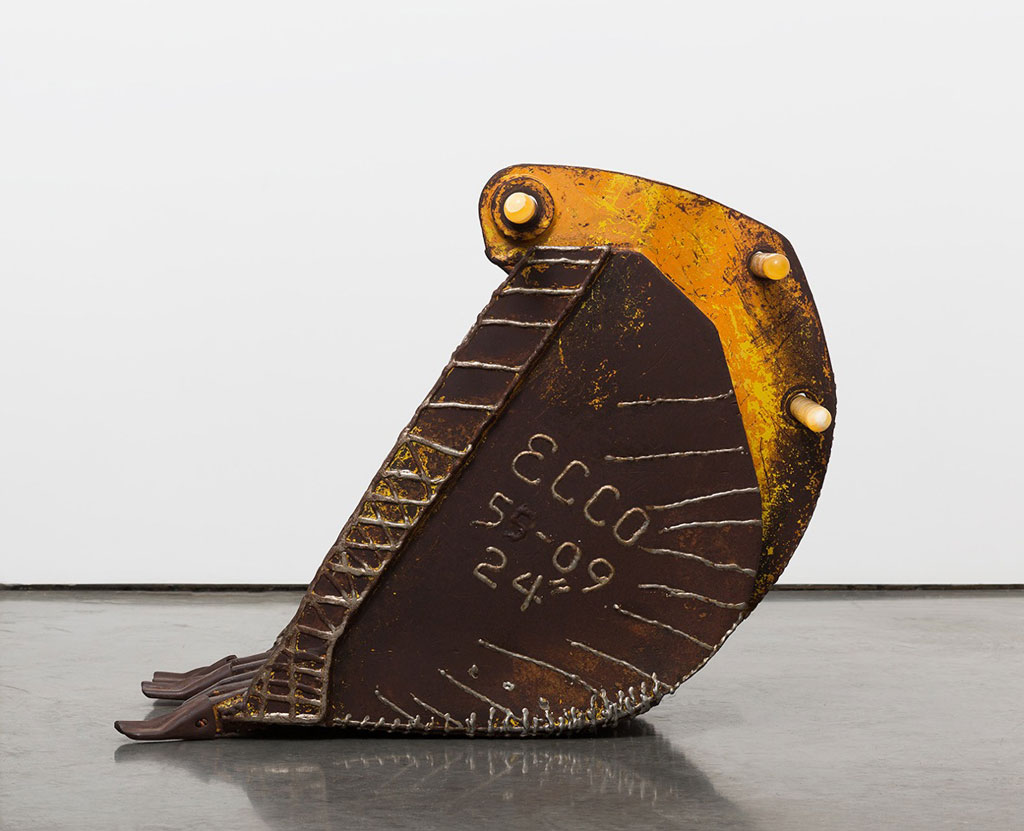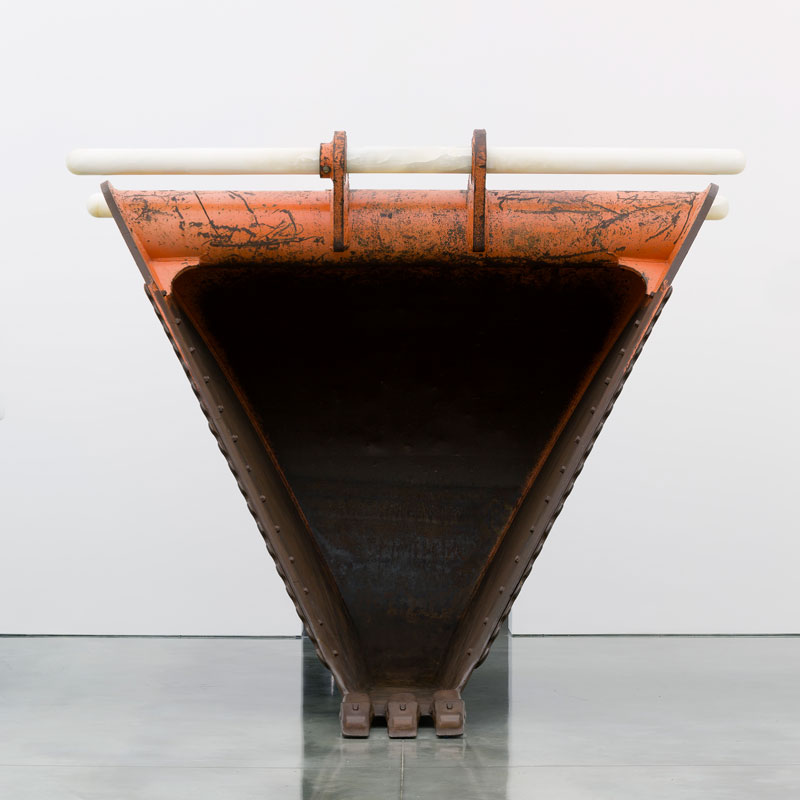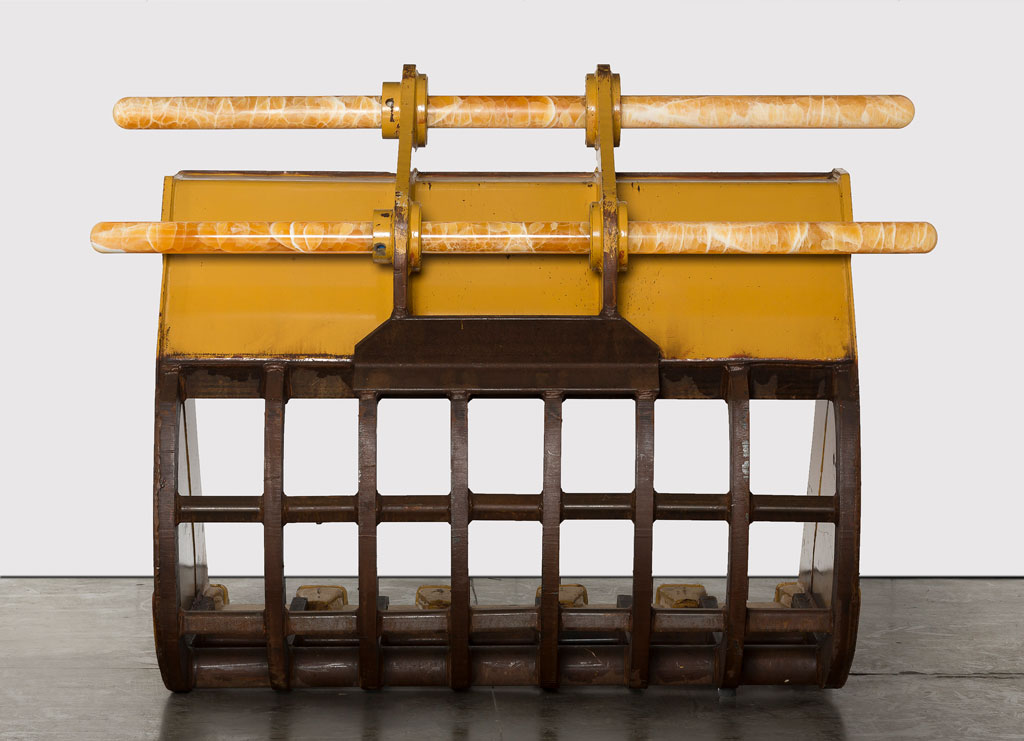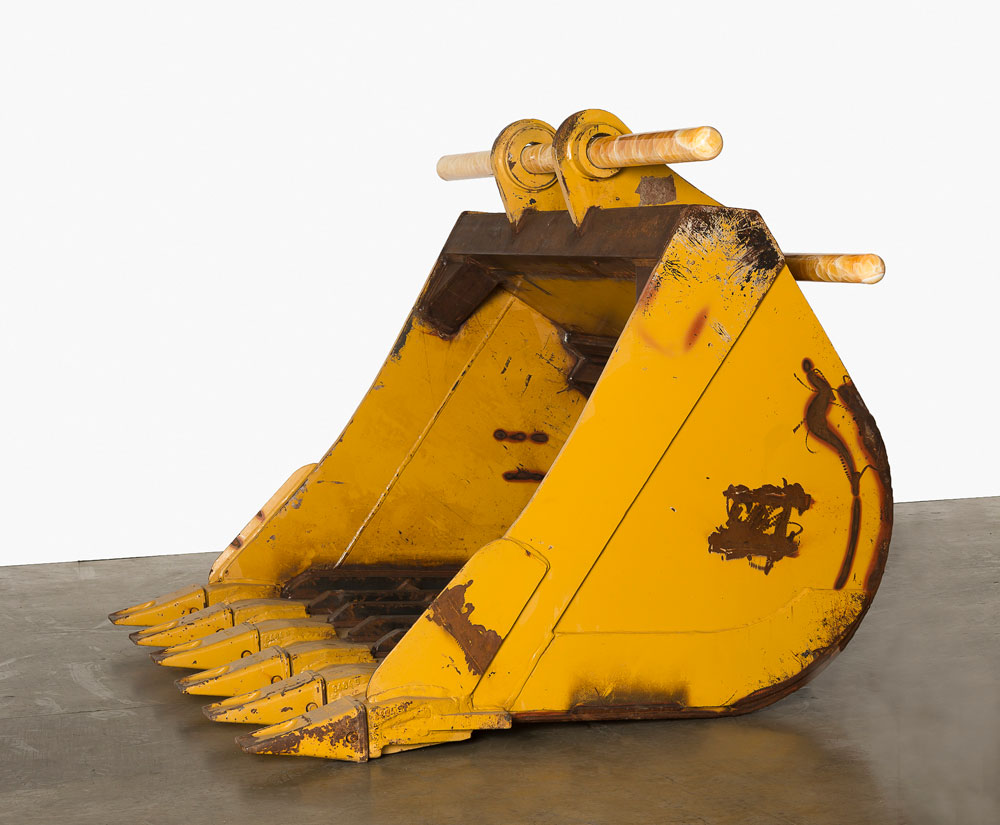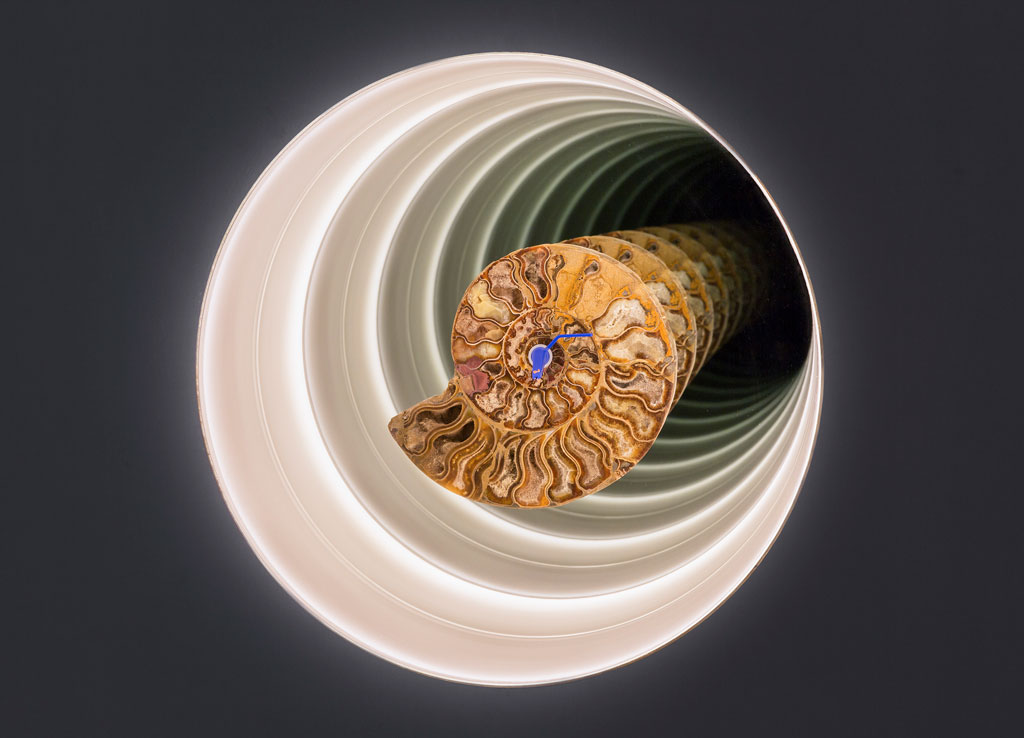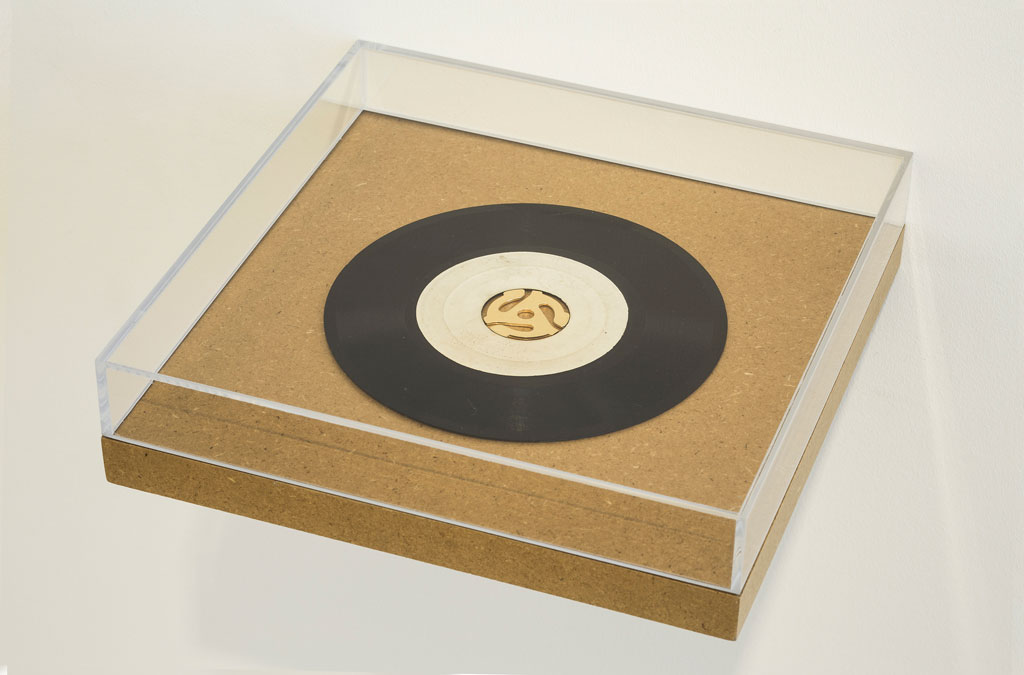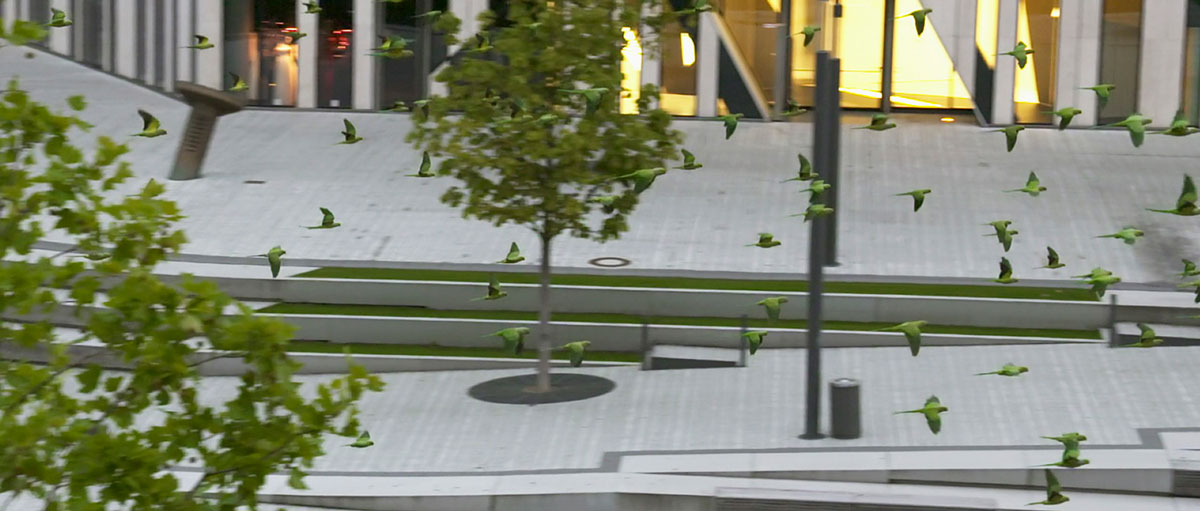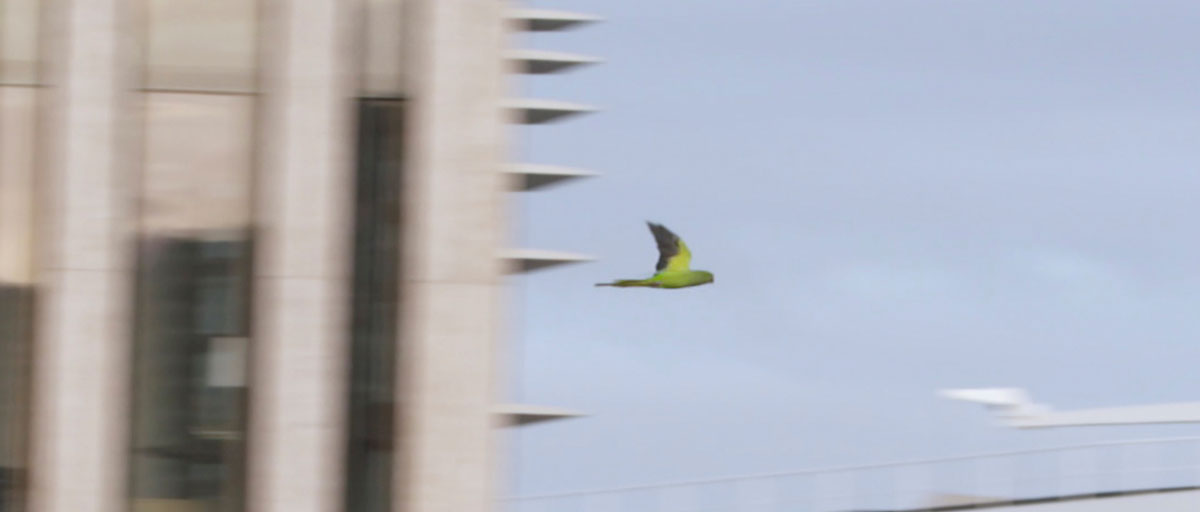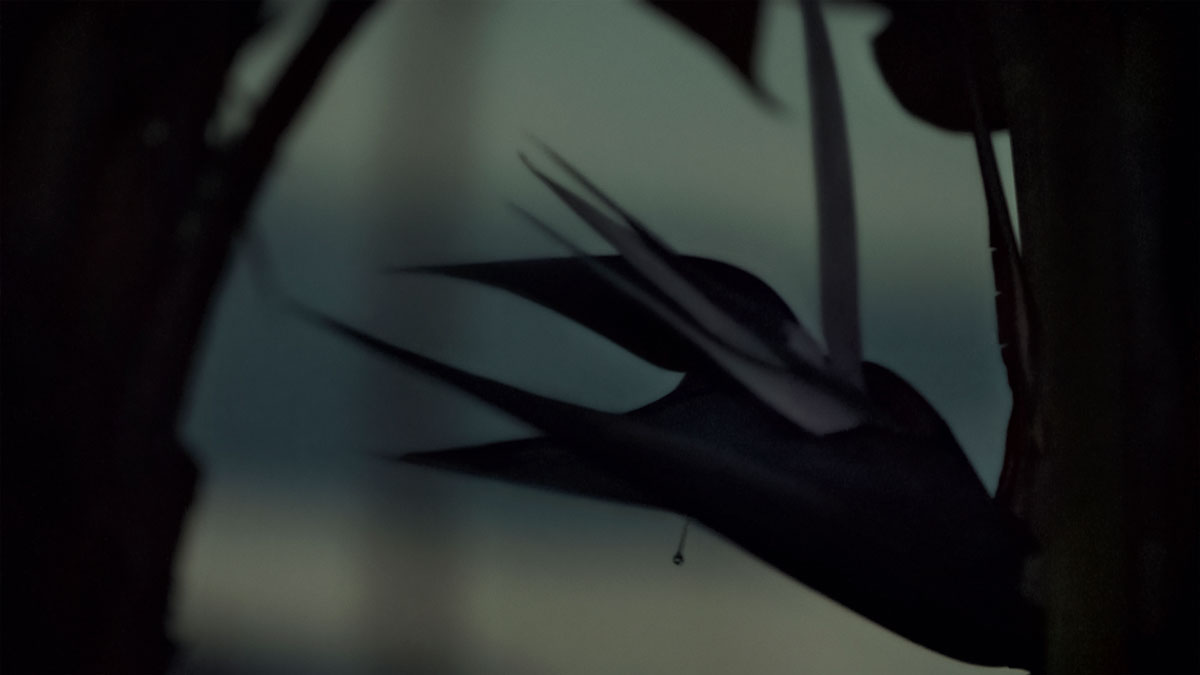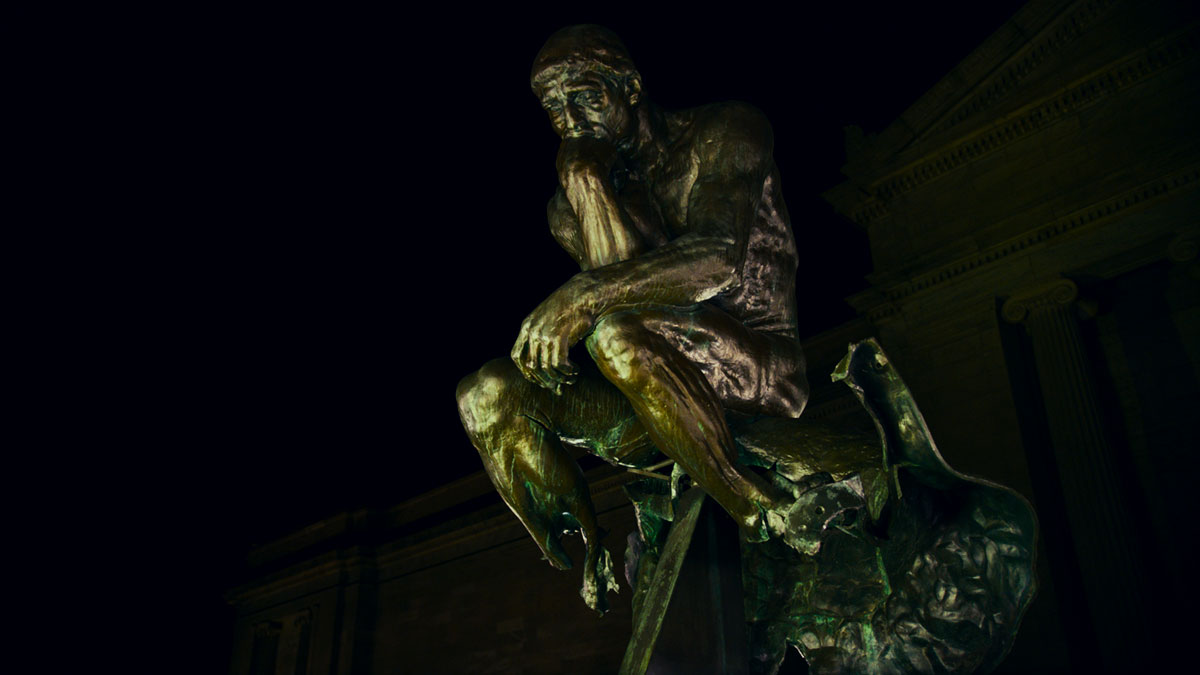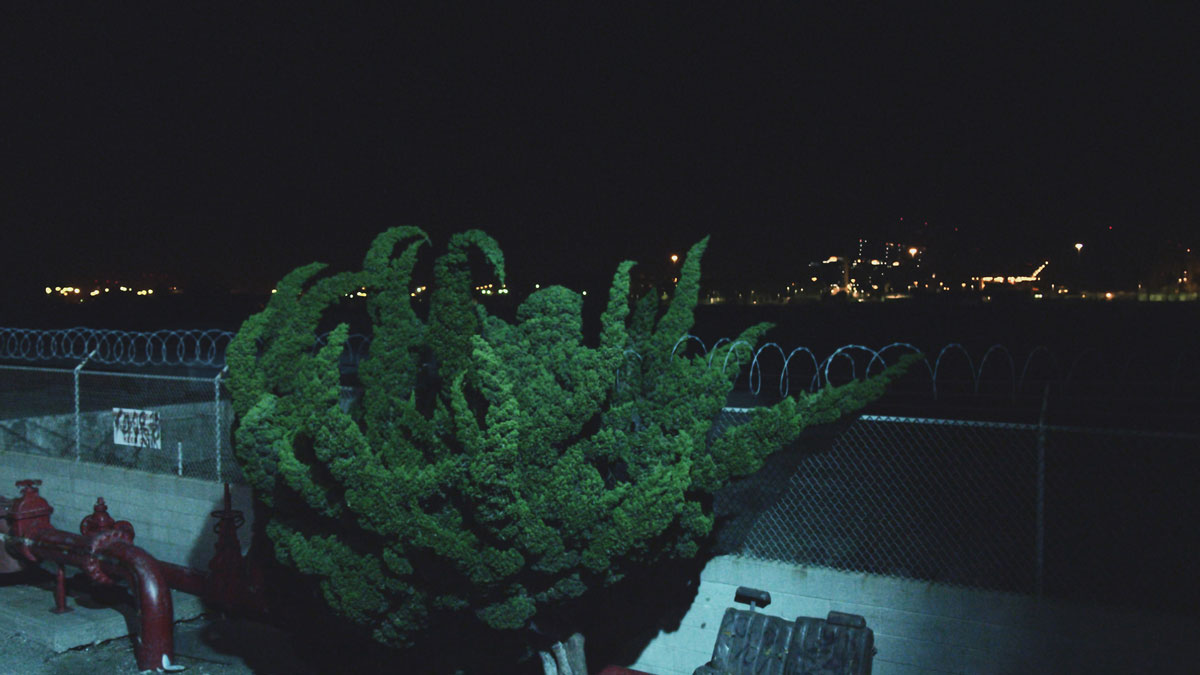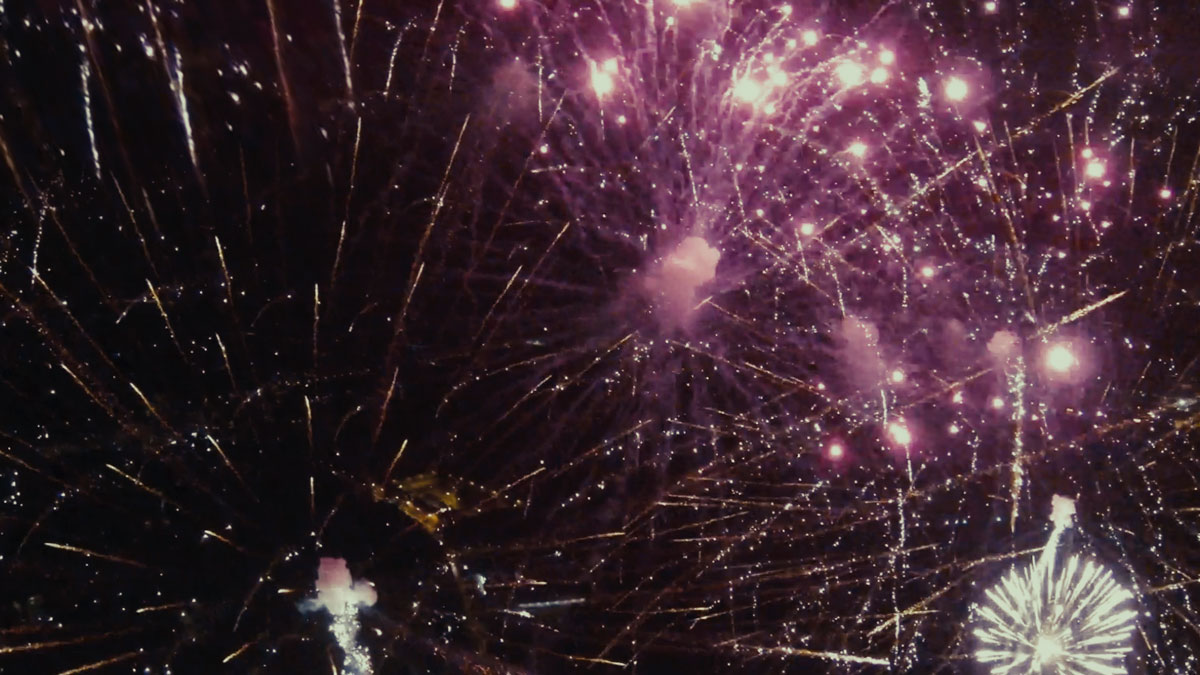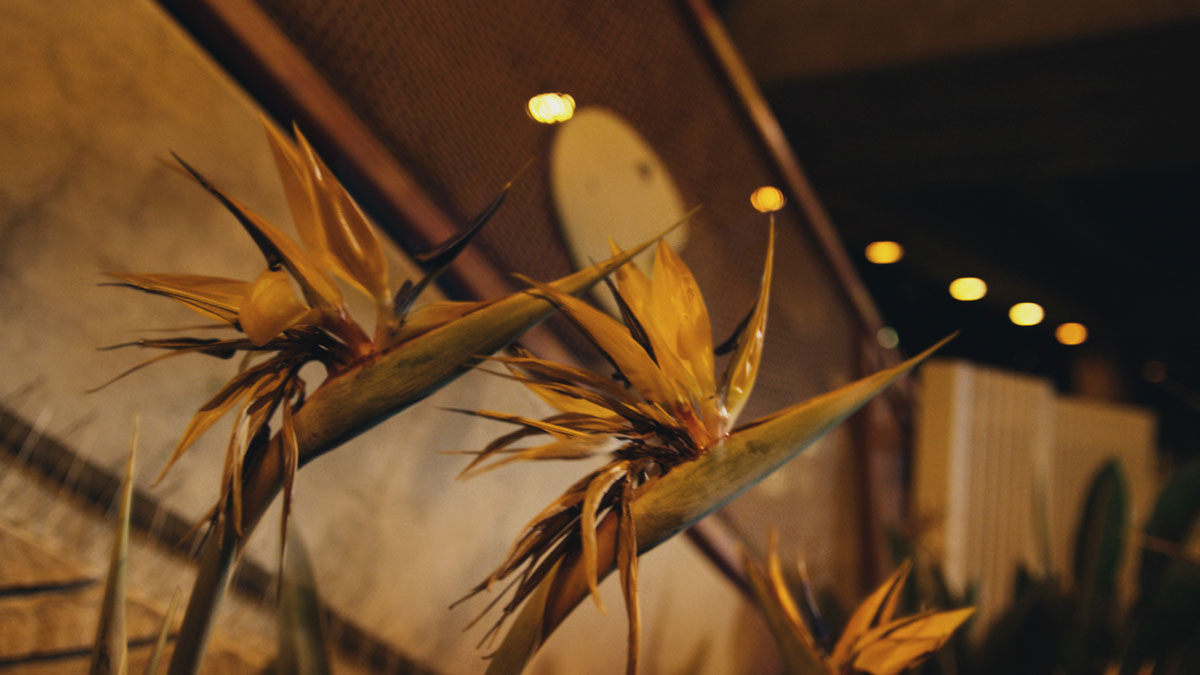ART-PRESENTATION: Cyprien Gaillard-Roots Canal
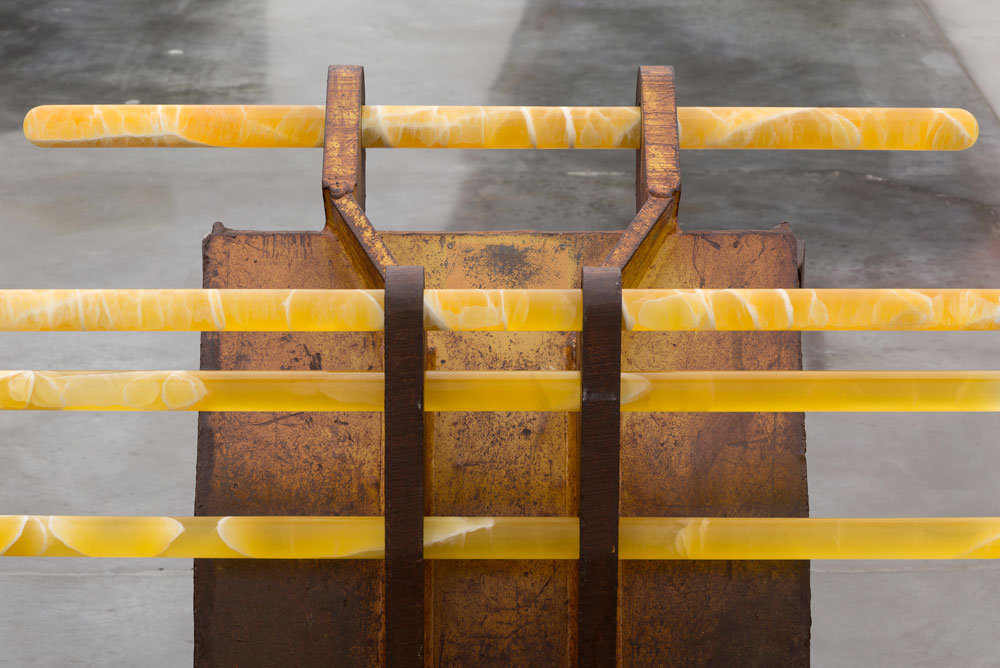 Destruction, preservation, reconstruction: the work of the artist Cyprien Gaillard sheds light on our ambivalent relationship with ruination and decay. As a traveller, he wanders the world, collecting found objects and using these artefacts to tell stories about the inexorable and unceasing transformation of the urban landscape and thus of nature and people.
Destruction, preservation, reconstruction: the work of the artist Cyprien Gaillard sheds light on our ambivalent relationship with ruination and decay. As a traveller, he wanders the world, collecting found objects and using these artefacts to tell stories about the inexorable and unceasing transformation of the urban landscape and thus of nature and people.
By Dimitris Lempesis
Photo: Museum Tinguely Archive
With his films, photographs, and sculptures, Cyprien Gaillard describes and evokes the perpetual destruction, preservation, and reconstruction of urban spaces. Cyprien Gaillard’s solo exhibition “Roots Canal” puts on display works capturing the incessant transformation of the urban landscape, as well as that of nature and humankind. Installed at the heart of Museum Tinguely and presented for the first time in Europe, a series of excavator heads precisely embodies this moment of suspension. Brought to a standstill in a museum setting, the silent giants are transformed into mighty sculptures. With the patina they have collected in the course of their mechanical life, the faded paint and the patches of rust that cover them, the machines look like archaeological artefacts retrieved from the depths of the earth. In spite of their archaic appearance, however, these metal monsters spawned by the Industrial Revolution are by no means relics from the past. In this installation, as in his oeuvre as a whole, Gaillard stresses that construction and destruction are not contradictory concepts. Instead, they are two sides of the same process, closely linked in time. In order to erect new buildings, it is necessary to accept the disappearance of what already exists, be it a landscape, another building or a no-man’sland. The construction of the new always involves the destruction of what went before. This train of thought is pursued and extended by “Sober City” (2015-18), a series of pictures on show in the same room: as a visual counterpoint to the excavator shovels, Polaroid photographs hang on the walls at irregular intervals, in their familiar modest size, forming an urban backdrop. The photographs are double-exposed: views of New York layered over a fragment of amethyst from the city’s Museum of Natural History. As a result of this merging of two motifs via double exposure, the pictures seem to have been taken through a prism. The use of Polaroid paper, a fragile, ephemeral support that fades over time, and the choice of motifs, the “Sober Cities” mirror the continual metamorphosis of the city in its state of perpetual tension between the preservation of architectural heritage and the construction of new buildings. With his works, Gaillard sheds light on this slow transition from one state to another and the resulting tensions – physical, aesthetic, social, political – between renewal and destruction. In the next room of the exhibition, “KOE” (2015) follows a large-format, wall-filling projection of a video showing a swarm of exotic birds above the luxury shopping streets of Dόsseldorf. The winged visitors, ring-necked parakeets originally from Asia, fly past expensive shops between the modern architecture, beneath them the permanent construction site that is the city centre. The green of their plumage traces anachronistic lines at the heart of a hyperaesthetic world of the city of tomorrow, marked by the luxury brands and ethereal buildings of omnipresent consumerism. Ring-necked parakeets originally came to these parts as caged birds and have now found new homes in several European cities. “Nightlife” (2015) invites visitors to immerse themselves in a hypnotic, trance-like atmosphere. The 3D-film, a mosaic of scenes with no apparent connection, transports the viewer to a brightly colored urban night. The footage leads from Auguste Rodin’s sculpture “The Thinker” outside the Cleveland Museum of Art via a hallucinatory ballet of juniper trees in Los Angeles (another invasive species) and a spectacular firework display above Berlin’s Olympic Stadium, back to Cleveland to an oak tree presented (as a sapling) to multiple Olympic medal winner Jesse Owens by the Nazis in 1936. Rendered sculptural by the larger-than-life-size projection, these images offer the disturbing and beguiling experience of a heightened perception. This visual and sensory immersion is further heightened by the work’s soundtrack, a mix produced by the artist using samples from two songs by the musician Alton Ellis.
Info: Curator: Sιverine Fromaigeat, Museum Tinguely, Paul Sacher-Anlage 2, Basel, Duration 16/2-5/5/19, Days & Hours: Tue-Sun 11:00-18:00, www.tinguely.ch
